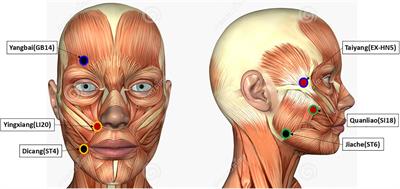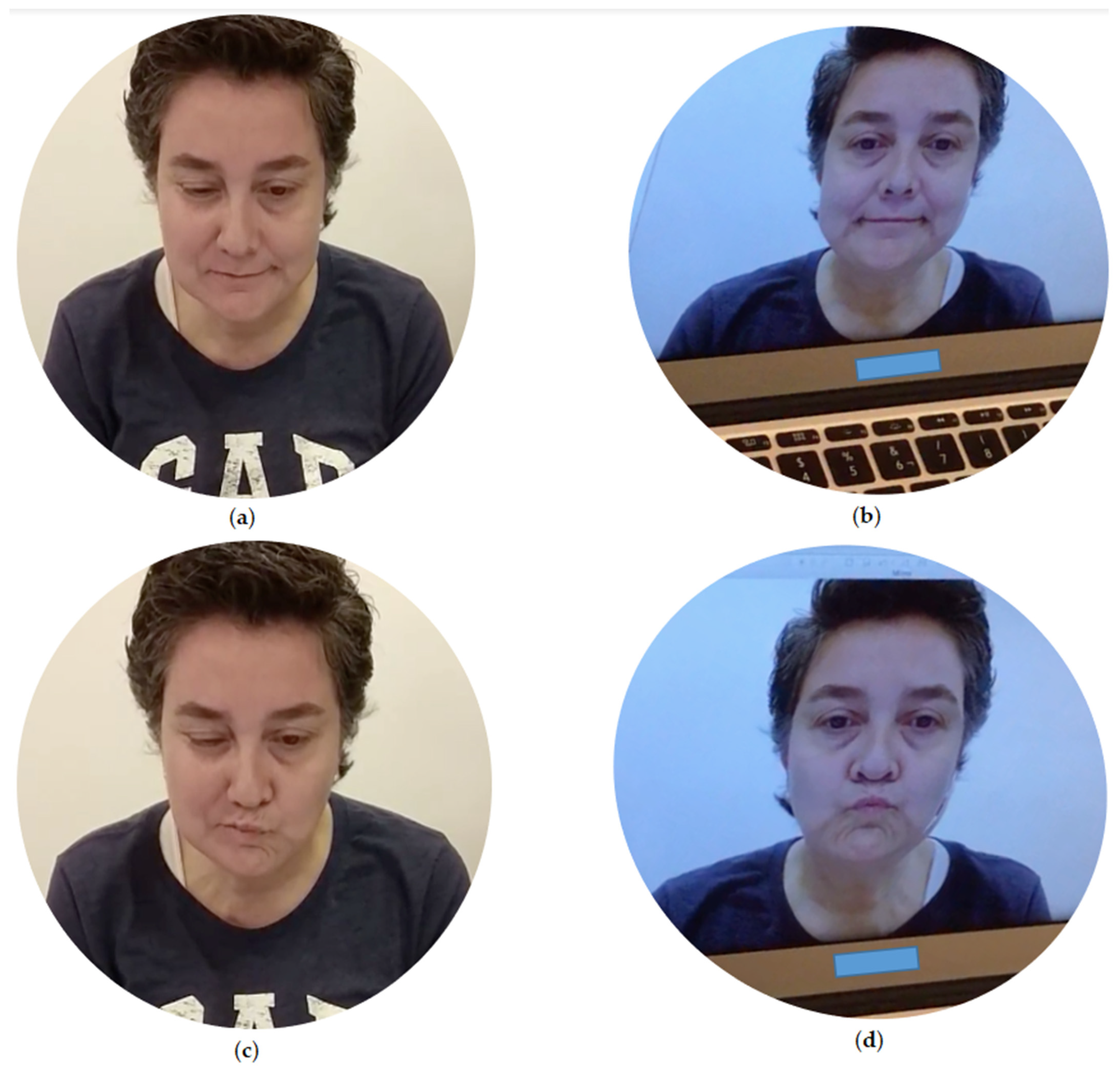Diagnostics, Free Full-Text
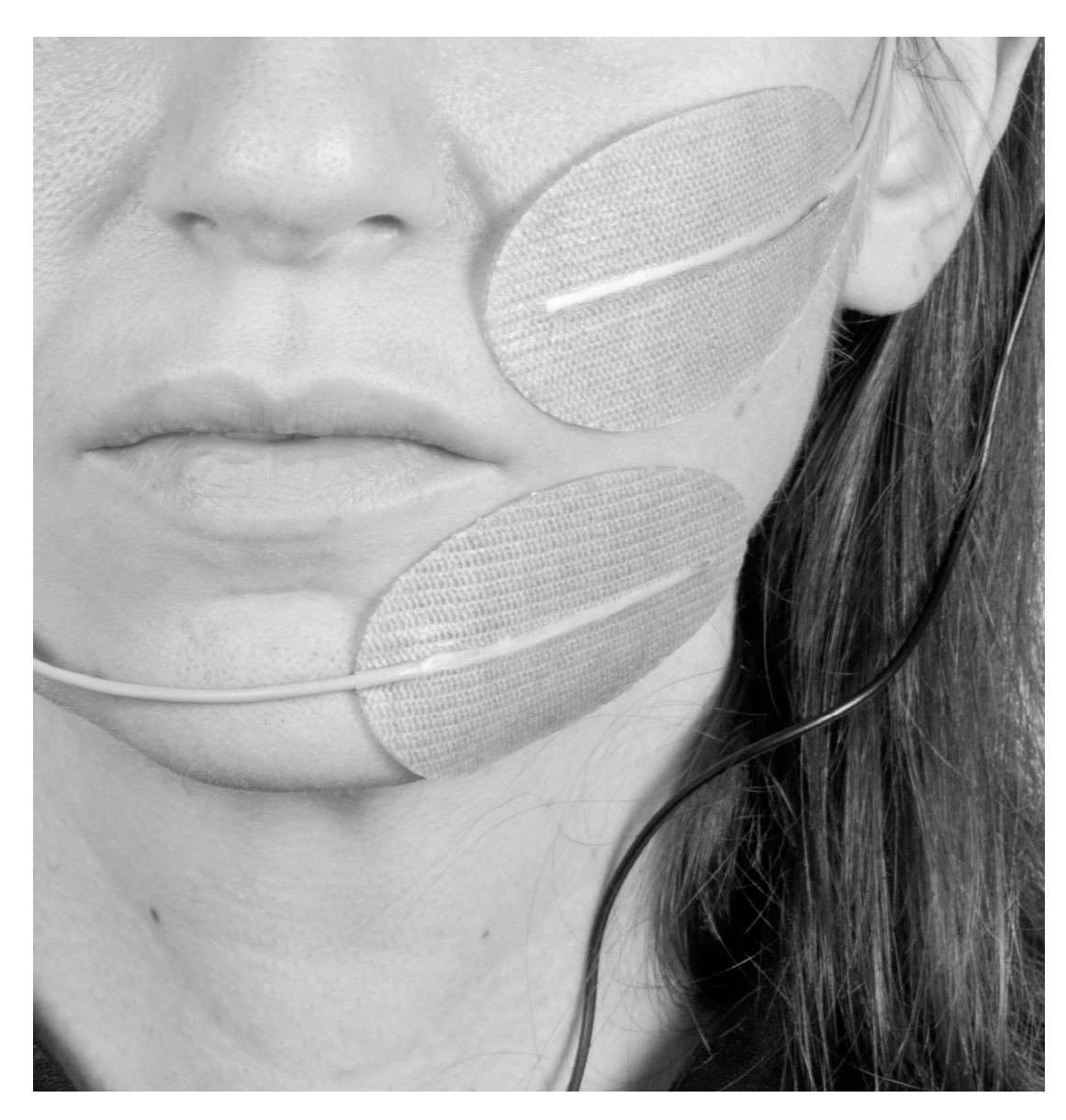
Diagnostics, Free Full-Text
This article describes a first attempt to generate a standardized and safe selective surface electrostimulation (SES) protocol, including detailed instructions on electrode placement and stimulation parameter choice to obtain a selective stimulation of the denervated zygomaticus muscle (ZYG), without unwanted simultaneous activation of other ipsilateral or contralateral facial muscles. Methods: Single pulse stimulation with biphasic triangular and rectangular waveforms and pulse widths (PW) of 1000, 500, 250, 100, 50, 25, 15, 10, 5, 2, 1 ms, at increasing amplitudes between 0.1 and 20 mA was performed. Stimulations delivered in trains were assessed at a PW of 50 ms only. The stimulation was considered successful exclusively if it drew the ipsilateral corner of the mouth upwards and outwards, without the simultaneous activation of other ipsilateral or contralateral facial muscles. I/t curves, accommodation quotient, rheobase, and chronaxie were regularly assessed over 1-year follow-up. Results: 5 facial paralysis patients were assessed. Selective ZYG response in absence of discomfort and unselective contraction of other facial muscle was reproducibly obtained for all the assessed patients. The most effective results with single pulses were observed with PW ≥ 50 ms. The required amplitude was remarkably lower (≤5 mA vs. up to 15 mA) in freshly diagnosed (≤3 months) than in long-term facial paralysis patients (>5 years). Triangular was more effective than rectangular waveform, mostly because of the lower discomfort threshold of the latter. Delivery of trains of stimulation showed similar results to the single pulse setting, though lower amplitudes were necessary to achieve the selective ZYG response. Initial reinnervation signs could be detected effectively by needle-electromyography (n-EMG). Conclusion: It is possible to define stimulation parameters able to elicit an effective selective stimulation of a specific facial muscle, in our case, of the ZYG, without causing discomfort to the patient and without causing unwanted unspecific reactions of other ipsilateral and/or contralateral facial muscles. We observed that the SES success is strongly conditioned by the correct electrode placement, which ideally should exclusively interest the area of the target muscles and its immediate proximity.
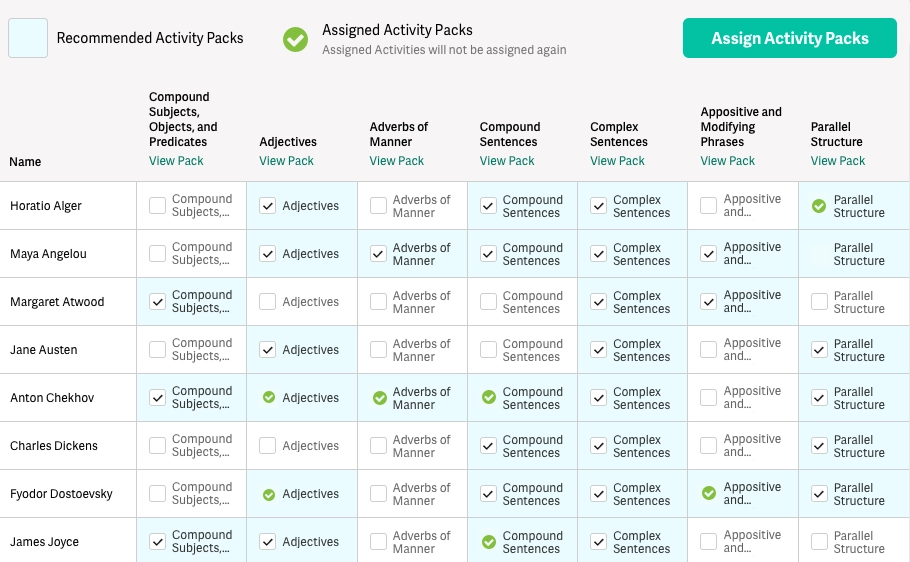
Quill Diagnostic Free Diagnostic and Adaptive Lesson Plan

2019 ESC Guidelines for the diagnosis and management of acute pulmonary embolism developed in collaboration with the European Respiratory Society (ERS)

The Journal of Molecular Diagnostics - Transferring a Quantitative Molecular Diagnostic Test to Multiple Real-Time Quantitative PCR Platforms. Full text is free to all readers as part of the #OpenAccess program

Artificial intelligence in digital pathology — new tools for diagnosis and precision oncology
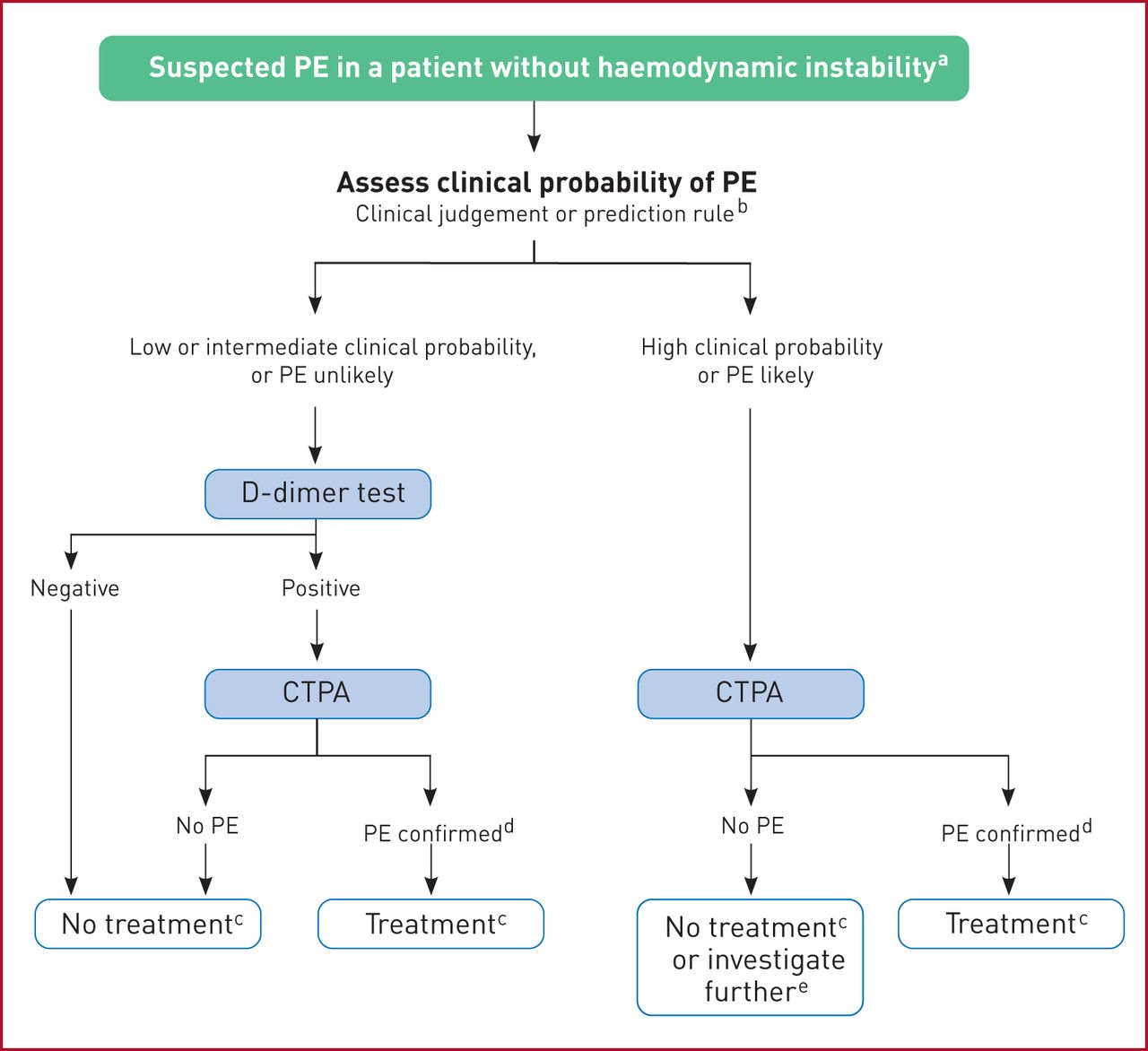
2019 ESC Guidelines for the diagnosis and management of acute pulmonary embolism developed in collaboration with the European Respiratory Society (ERS)

Coswara -- A Database of Breathing, Cough, and Voice Sounds for COVID-19 Diagnosis - Abstract - Europe PMC
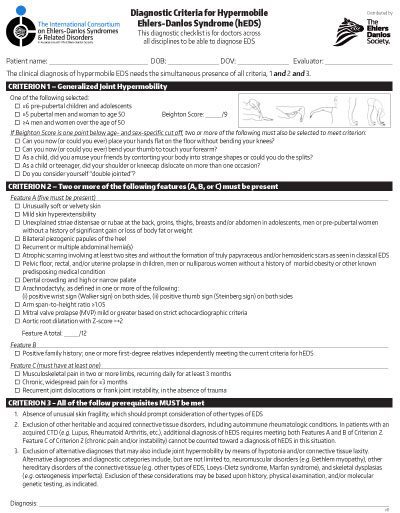
hEDS Diagnostic Checklist - The Ehlers Danlos Society

Diagnostics, Free Full-Text
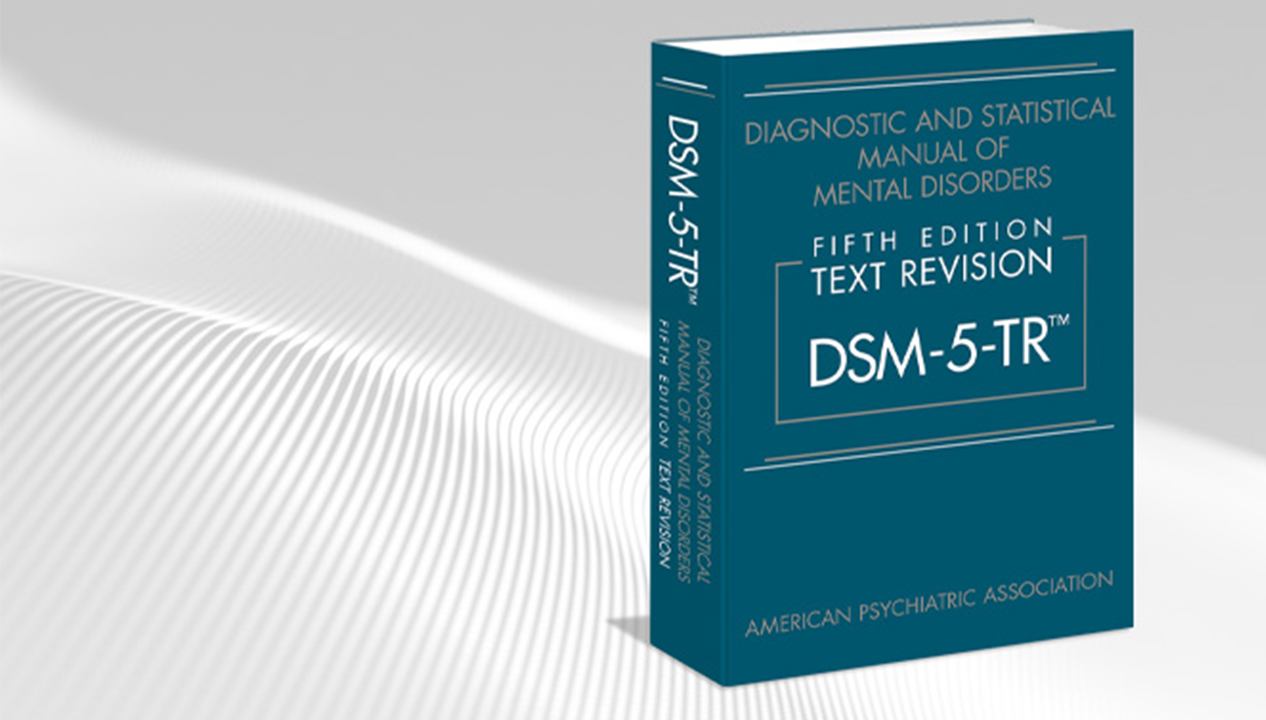
DSM
